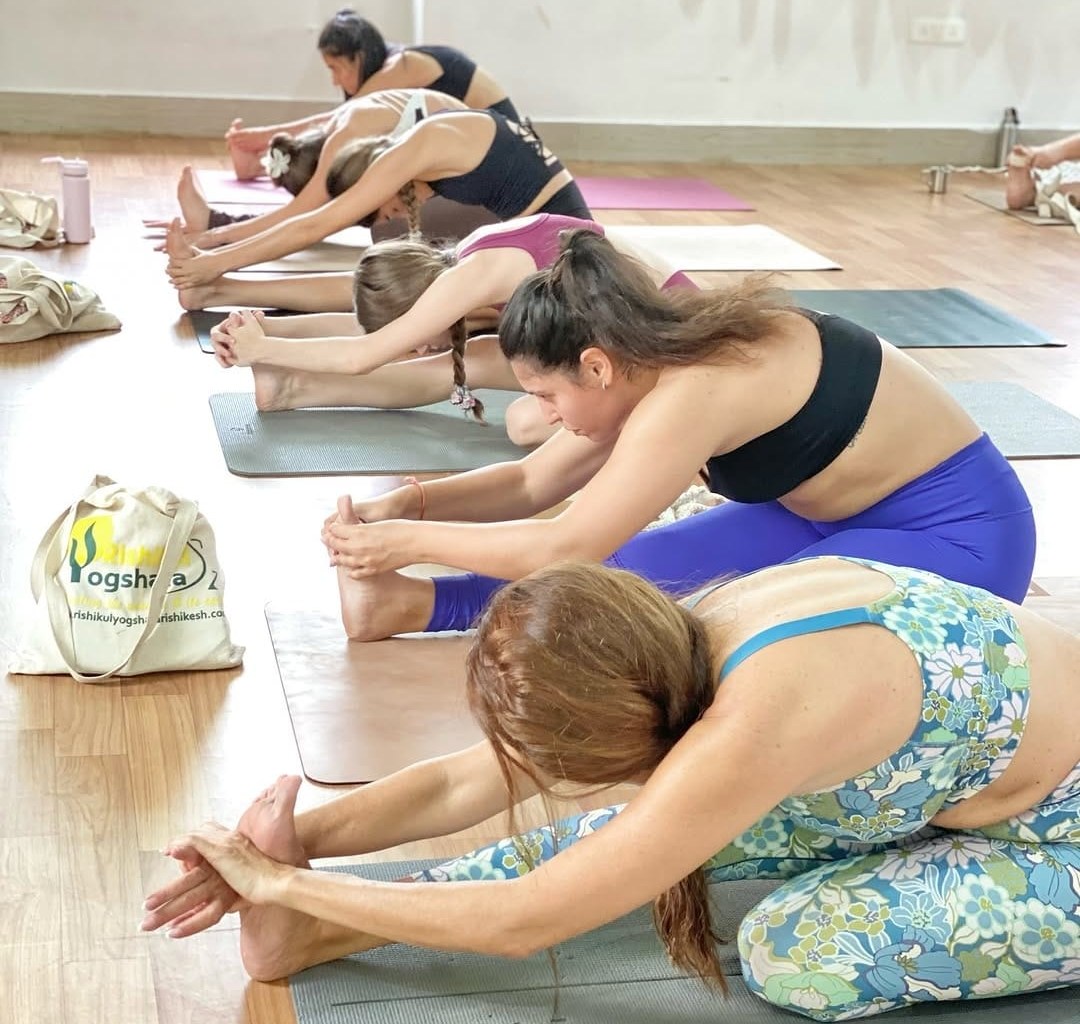
#8 Breathe Upward
In yoga practice, managing and being aware of breath is just as vital as executing the physical poses. “Breathe upward” represents a key concept that supports the synchronization of breath with movement, amplifying both the physical advantages and the mind-body unity essential to yoga.
### Grasping the Breath-Motion Link
Breathing formulates a dynamic relationship with movement during yoga. This harmony not only facilitates the performance of postures but also boosts concentration and involvement in the practice. By merging breath with the body’s physical dynamics, practitioners can more effectively explore their boundaries and uphold correct alignment.
### Inhaling with Elevating or Expanding Movements
Inhalation correlates with actions that oppose gravity. In poses involving lifting or broadening the body, such as upward-facing dog or urdhva hastasana, a profound inhale fills the lungs, creating space and enabling a fuller demonstration of the posture. This movement, in defiance of gravity, promotes elevation and the expansion of the body.
During inhalation:
– **Develop Space**: Allow your chest to open as you raise your arms or arch your spine.
– **Boost Stability**: Use the influx of air to fortify and energize the pose.
– **Heighten Awareness**: Link mental focus with the physical act of expansion, vital for alignment.
### Exhaling with Grounding or Bending
On the other hand, exhalation aids gravity-aligned actions, enabling folding, twisting, or compressing forms. For stances like forward bends or twists, exhaling enhances engagement as the release of air contracts the chest and stabilizes the core.
During exhalation:
– **Deepen Commitment**: Concentrate on core activation as you approach the ground or delve deeper into the pose.
– **Let Go of Tension**: Exhalation serves as a moment to release tension stored in the body.
– **Align Focus and Movement**: Utilize this stage to foster cathartic release and relaxation in a pose.
### Practical Implementation in Teaching
For yoga teachers, guiding students to breathe efficiently with movements enriches the learning journey. Instructions should integrate cues that align with the natural rhythm of inhalation and exhalation, enhancing awareness and ensuring safe transitions.
– **Initiate with Inhalation**: Motivate students to inhale before starting a sequence, ensuring they are ready for movement.
– **Guide with Intention**: Provide precise directions, relating each breath to movement phases to promote understanding and execution.
– **Watch and Modify**: Adjust instructions based on students’ reactions to optimize effectiveness and engagement.
### Wrap-Up
“Breathe upward” encompasses more than just deeper breathing; it involves recognizing how breath supports and enriches movement in yoga practice. This principle enhances practice, bolsters mindfulness, and stabilizes the body’s energy systems. Both instructors and students can gain from adopting these insights, fostering a more profound and interconnected yoga experience.